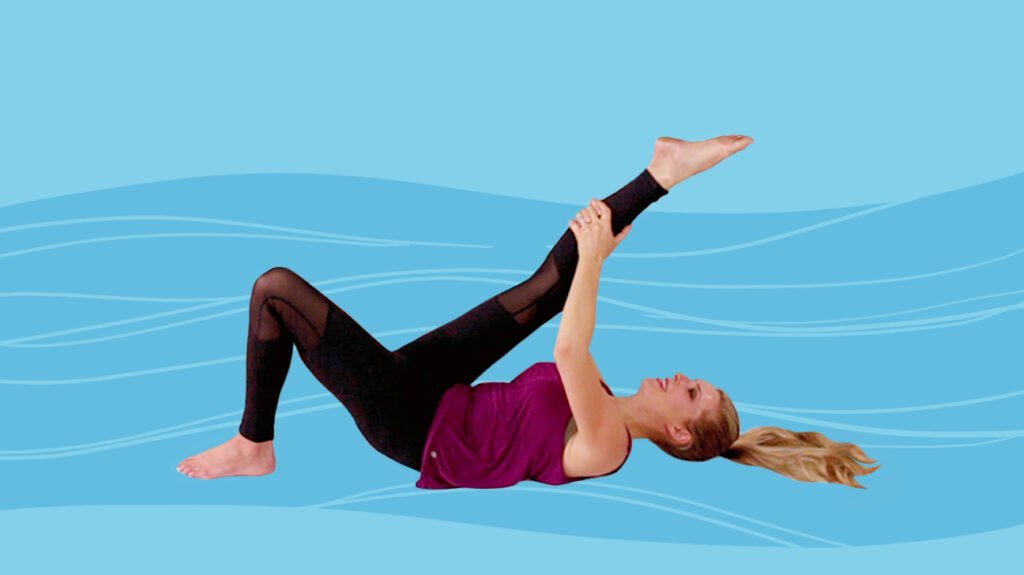Manifestations of psoriatic arthritis and its evolution

The psoriatic arthritis is an autoimmune disease characterized by inflammation, pain and chronic deformity of small, medium and large joints manifested in 30% of people who have a diagnosis associated with psoriasis, which is a chronic disease skin characterized by scaly patches on the body. Psoriasis can persist throughout life, and may come on, get worse, and go away intermittently.

Table of Contents
Manifestations of psoriatic arthritis.
In about 60% of patients, skin pathology manifests first and then joint symptoms develop, and may appear within ten years after the first diagnosis. In contrast, 2 out of 10 patients first present joint manifestations and later present skin symptoms. Only 1 or 2 patients in 10 are diagnosed with the two entities simultaneously.
1. Joint symptoms.
Arthritis is defined as inflammation of a joint. In the case of psoriatic arthritis, pain and chronic inflammation occurs in small, medium and even large joints such as the hip. The pain can vary from mild to strong intensity, causing functional limitation. If the inflammation is severe, there may be a functional disability that causes an impairment in performing daily activities such as walking, sitting, climbing stairs, bending over, etc.
Joint symptoms do not necessarily manifest near the site where skin lesions appear, nor to the same extent as dermatological symptoms.
Depending on its site of involvement, arthritis can be axial (if it affects the joints of the spine and pelvis in the form of spondylodiscitis), peripheral (if it respects central joints) and mixed (if it involves axial and peripheral joints).
2. Pain in tendons.
It is caused by tendinitis (or inflammation of the tendons), especially at the level of the soles of the feet and the Achilles tendon (at the level of the heel). This produces impediment and pain for the ambulation or walking of the patients.
3. Skin lesions.
Psoriasis manifests as red, white, silver, or gray patches or plaques of skin that peel and are painful. They generally appear on the scalp, neck, shoulders, elbows, face, palms of the hands, and soles of the feet. They usually appear in the form of outbreaks throughout the life of the patient.
4. Nail injuries.
It is called nail psoriasis, it is characterized by punctiform lesions (points or excavations) known as foveae in the nails that can be accompanied by thickening, deformity and damage to the nails, which can be related to non- psoriatic lesions at the skin level.
5. Eye injuries.
A small percentage of patients present with ocular manifestations such as uveitis (inflammation of the middle layer of the eye called the uvea) and conjunctivitis (inflammation of the conjunctiva) that lead to eye irritation, red eye syndrome and visual disturbances.
Evolution of psoriatic arthritis.
In most cases, the patient suffers from arthritis in a few joints (oligo-articular), generally asymmetric in the elbows or knees, and as the disease develops, if it is not treated in time, they gradually add up. symmetric more joints (polyarticular involvement).Spondylodiscitis occurs in 5% of patients with psoriatic arthritis, associated with inflammation of the spinal joints and sacroiliac joints (in the lower back). Another type of expression of psoriatic arthritis occurs in very few cases (around 2%) and is those that affect the bones of the hands and feet (phalanges).
If the condition is only in the fingertips it is called distal interphalangeal arthritis and if it extends to the entire finger it is called mutilating arthritis or dactylitis. The latter causes loss of bone mass, deformity and edema in the fingers and inability to properly mobilize the hands.
The manifestations of psoriatic arthritis vary in time and in the same patient. If it is not treated in time, the tendency is for the disease to progress symmetrically, affecting as many joints as possible, becoming more severe and disabling when it affects the spine.
Although this disease has no cure, it is manageable when treated early. A joint management between a rheumatologist and a dermatologist is recommended to attend to joint and skin manifestations, respectively. In case of visual alterations, a consultation with the ophthalmologist should be made to treat them in a timely manner.


